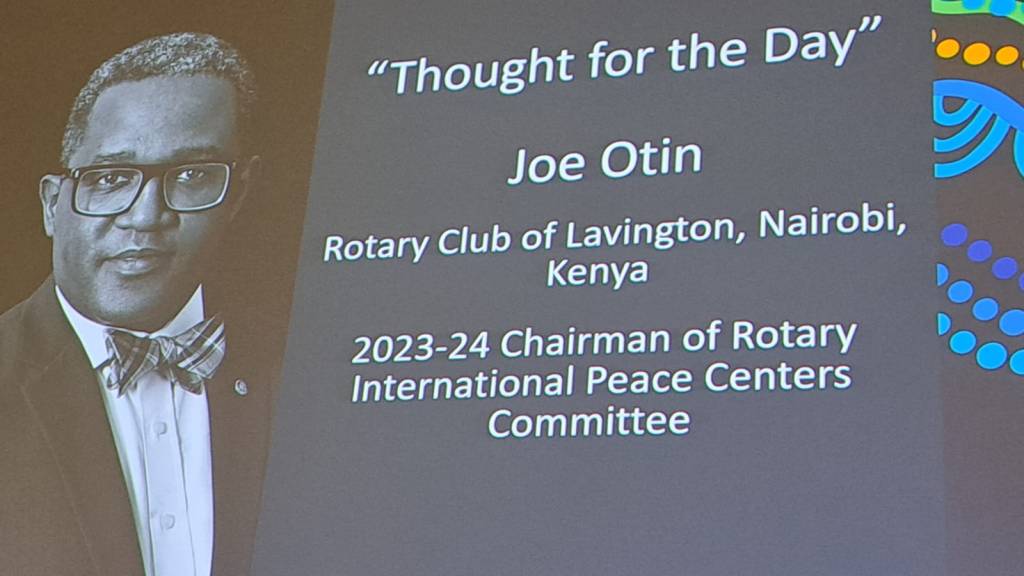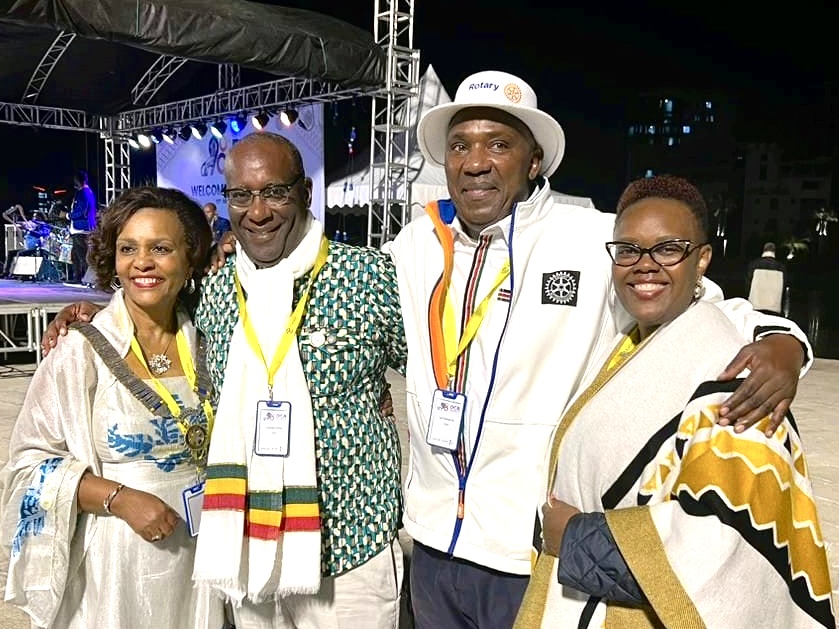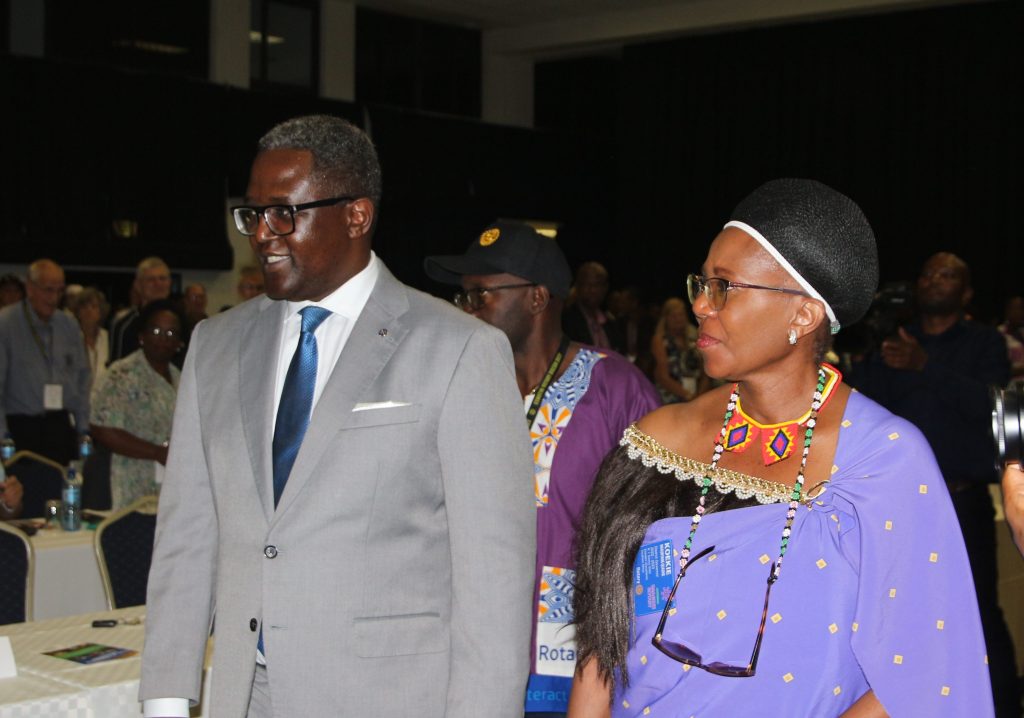As a judge of the Public Relations Society of Kenya’s excellence awards, I have had the opportunity to review some of the best PR campaigns that have been carried out in the country over the last 10 years. Looking back I would estimate that 20 percent of the campaigns submitted for evaluation have had clear objectives that are linked to the corporate vision, and follow through with action to realise those aims. The others tend to be disjointed, from their goals, and to the impact on the larger organisation and on their target audiences too. I find that a larger proportion of the corporate communication initiatives centre their activities on the size and number of the articles generated in the news media rather than on the final outcomes of their campaigns.
Last week during a conversation around existing models in the corporate communication field I was introduced to the Arthur W. Page Society, the world’s leading professional association for senior public relations and corporate communications executives and educators who seek to enrich and strengthen their profession. Their membership consists of chief communications officers (CCOs) of Fortune 500 companies and leading non-profit organisations, the CEOs of the world’s foremost public relations agencies, and academics from top business and communications schools who have distinguished themselves teaching and studying corporate communications.
The members of the Page Society have recognised that the knowledge around customer behaviour has improved significantly in the past century and therefor the methods that we use to engage them need to be reset to take these changes into consideration. They also realise that communications channels have transformed not only in how they reach consumers, but also in the way that consumers choose to experience them.
With this realisation, the Page Society embarked on a research led process in 2010 where interviews were conducted with chief communication officers and senior staff across corporations that spanned a diverse cross-section of industries. The focus was on how companies are reinventing the elements and processes of corporate communications, and the interviews explored the arc of transformation in order to understand the primary drivers of change and the innovations developed in response. The research found that one dominant driver of change was the rise of network society, as access to digital technology makes everyone a publisher, broadcaster and influencer.
The new model, dubbed Building Belief, proposes a point of view on the future of communications with a long term goal to offer practical guidance to chief communication officers in helping their organisations succeed in a radically different 21st century setting. It describes two important new dimensions of the CCO’s role which are both established in the creation of shared belief.
The first is the definition and activation of corporate character, which refers to the companies unique identity and its differentiating purpose. It brings together the organisations reputation and culture; how we are is who we are. This means that in an era of transparency brought about by digital communication, the things that a company does is immediately and continuously visible to its stakeholders. The new model proposes a framework for determining whether the company Looks Like, Sounds Like, Thinks Like and Performs Like its stated character.
The second is the building of advocacy at scale, which takes into account the ubiquitous and powerful word-of-mouth and peer-to-peer influence that exists today. Billions of people now have the means to share their experiences, opinions and ideas — and to organise for action on a large scale. CCOs must now derive actionable insights from Big Data and recognise that the importance of this is less to do with social networks and more to do with why people advocate. Instead of putting the onus on PR leaders to promote a company’s message, the simple goal of this new approach is to influence your organisation’s constituents to “tell your story” in the most desirable way.
Unlocking the power of advocacy at scale requires an understanding of how people make decisions. The New Model draws on insights from the fields of behavioural science and they suggest a pattern for the creation of authentic advocacy. The pattern begins with the building of shared beliefs with the customers, investors, employees and citizens. That belief leads these stakeholders to act — to make a purchase, accept a job, invest their money, support a policy, etc. Those actions give people confidence in the decisions they have made, and turn actions into continued behaviour. When those behaviours strengthen someone’s feelings of alignment towards the organisation, this can generate self-motivated advocacy.
Building Belief is offered not as a finished model, but a hypothesis — intended to spark further research, exploration and refinement. The hope is that it will eventually help evolve the practice of public relations from a fine art into a more data-driven science.





Leave a comment